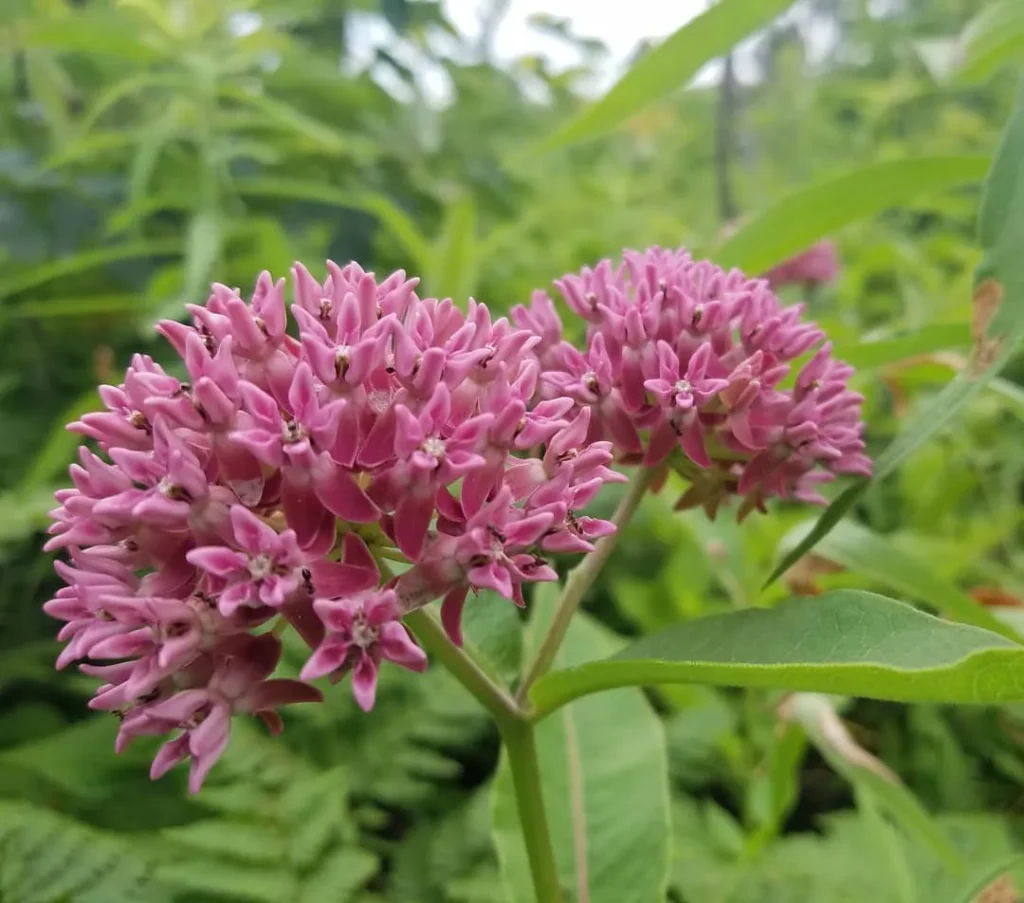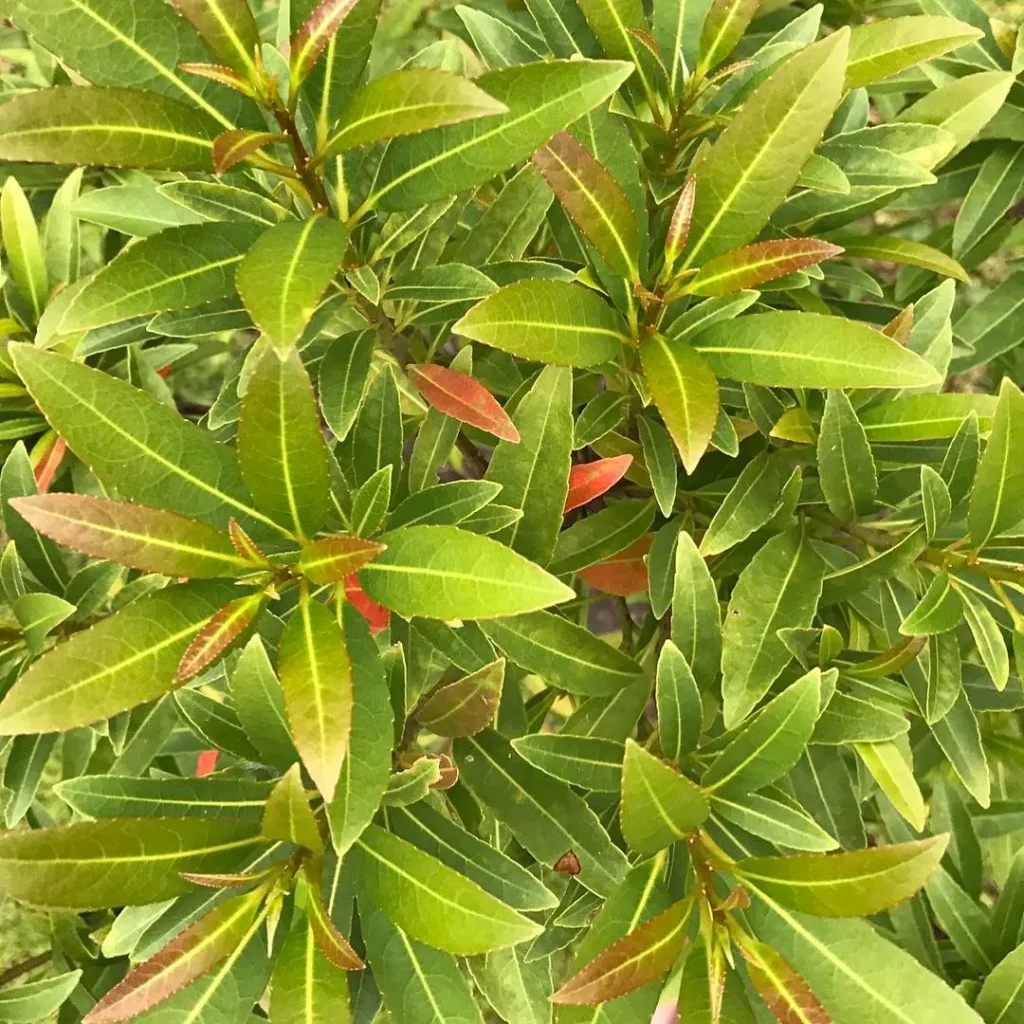Tridens: A Deep Dive into a Diverse Genus
As a botany enthusiast, I’m always fascinated by the sheer diversity of plant life on our planet. One genus that has particularly captured my attention is Tridens, a group of grasses with a wide distribution and intriguing characteristics. Let’s delve into the world of Tridens and explore what makes this genus so unique.
What is Tridens?
Tridens is a genus of perennial grasses belonging to the family Poaceae, subfamily Chloridoideae. The name “Tridens” is derived from the Latin word “tridens”, meaning “three teeth,” referring to the three-lobed lemma — a characteristic feature of the spikelets in this genus. These grasses are typically found in warm temperate and tropical regions around the globe, showcasing their adaptability to various environments.
Species within the Genus
The genus Tridens encompasses a diverse array of species, each with its own unique morphology and ecological preferences:
- Tridens flavus (Purpletop Tridens): This species is widespread in North America and is known for its distinctive purplish inflorescence. It’s a valuable forage grass for livestock and wildlife. – Plant FAQs: Tridens Flavus
- Tridens strictus (Strict Tridens): Found in the southeastern United States, this species thrives in pine flatwoods and savannas. It plays a crucial role in stabilizing sandy soils.
- Tridens ambiguus (Pine Barren Tridens): A species found in the southeastern United States, primarily in pine barrens and sandy woodlands. It contributes to the unique biodiversity of these fire-dependent ecosystems.
- Tridens albescens (Vasey) Wooton & Standl.
- Tridens brasiliensis (Steud.) Parodi
- Tridens carolinianus (Steud.) Henrard
- Tridens chapmanii (Small) Chase
- Tridens congestus (L.H.Dewey) Nash
- Tridens flaccidus (Döll) Parodi
- Tridens hackelii (Arechav.) Parodi
- Tridens nicorae Anton
- Tridens × oklahomensis (Feath.) Feath.
- Tridens riograndensis Acedo & Llamas
- Tridens texanus (S.Watson) Nash
Ecological Significance
Tridens grasses play a vital role in their respective ecosystems. They contribute to soil stabilization, prevent erosion, and provide food and habitat for various animals. Their deep root systems help to improve soil structure and water infiltration. In grasslands and savannas, Tridens species often form a significant component of the vegetation, influencing the overall biodiversity and ecosystem dynamics.
Adaptations and Characteristics
Tridens species exhibit a range of adaptations that enable them to thrive in diverse environments. Their ability to tolerate drought conditions is a common trait, particularly in species found in arid and semi-arid regions. Some species are also adapted to fire, with their underground rhizomes allowing them to resprout quickly after a fire event. The three-lobed lemma, the defining characteristic of the genus, is thought to aid in seed dispersal.
Economic Importance
While not as widely cultivated as some other grasses, certain Tridens species have economic value. They can serve as forage for livestock, particularly in areas where other grasses are less productive. Some species are also used for erosion control and land reclamation projects. In some regions, Tridens grasses are utilized for their ornamental value, adding texture and visual interest to landscapes.
Conservation Status
The conservation status of Tridens species varies depending on their distribution and specific threats. While some species are common and widespread, others are considered rare or vulnerable due to habitat loss, fragmentation, and competition from invasive species. Conservation efforts are crucial to ensure the long-term survival of these valuable grasses.
Future Research
Further research on Tridens is needed to gain a deeper understanding of their taxonomy, ecology, and evolutionary history. Investigating their genetic diversity, physiological adaptations, and responses to environmental changes can provide valuable insights for conservation and management strategies. Exploring the potential uses of Tridens species in sustainable agriculture and ecological restoration is also an area of interest.
In conclusion, the genus Tridens represents a fascinating group of grasses with ecological, economic, and aesthetic significance. Their adaptability, diversity, and contributions to various ecosystems highlight their importance in the plant kingdom. As we continue to explore and appreciate the intricacies of the natural world, let’s not overlook the often-unsung heroes like Tridens that play a crucial role in maintaining the balance of our planet.
If i die, water my plants!



